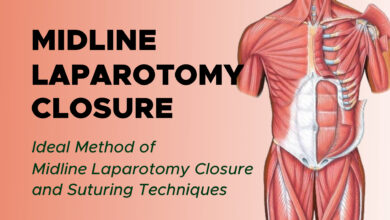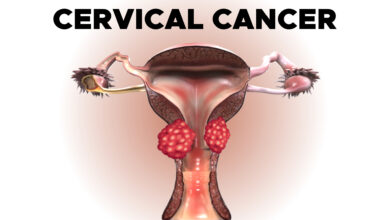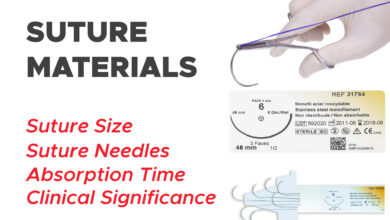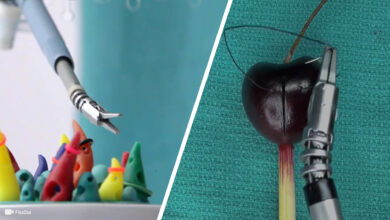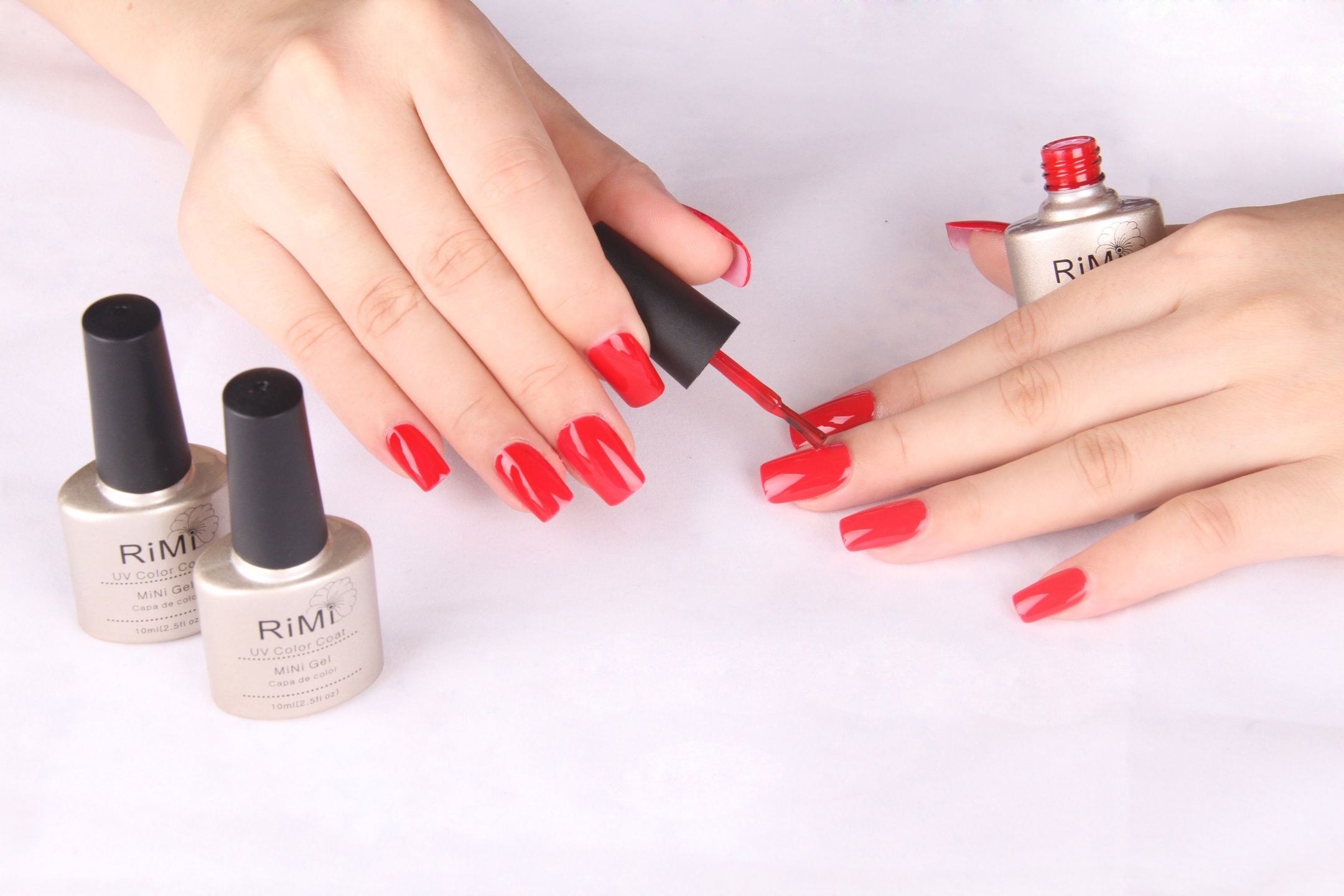
Current Guidelines About Wearing Artificial Nails and Nail Polish in the Healthcare Settings
Question: I have a colleague who still wears artificial nails at work. What is the latest evidence about wearing artificial nails and nail polish in the healthcare setting?
Response From the Expert About Wearing Artificial Nails
Your question is timely in light of a number of ongoing initiatives to decrease healthcare-associated infections (HCAIs). As early as 2002, the Centers for Disease Control and Prevention (CDC) published a Guideline for Hand Hygiene in Health-Care Settings, which recommended that healthcare workers “not wear artificial nails or extenders (nail polish) when having direct contact with patients at high risk” (eg, those in intensive care units, transplant units, or operating rooms).
This recommendation is considered a Category IA, which is defined as “strongly recommended for implementation and strongly supported by well-designed experimental, clinical or epidemiological studies.” The CDC further advises nurses to check their facility’s policy regarding artificial nails, which may be stricter.
In 2003, the CDC launched its Campaign to Prevent Antimicrobial Resistance in Healthcare Settings, including “12 Steps to Prevent Antimicrobial Resistance Among Surgical Patients.” Step 12, which covers hand hygiene, includes the directive “Do not operate with artificial nails.”
Bacteria Found on Fingernails and Artificial Nails
Studies have documented that subungual areas of the hand harbor high concentrations of bacteria, most frequently coagulase-negative staphylococci, gram-negative rods (including Pseudomonas), Corynebacterium, and yeasts.
Freshly applied nail polish does not increase the number of bacteria recovered from periungual skin, but chipped nail polish may support the growth of larger numbers of organisms on fingernails.
Even after careful hand washing or the use of surgical scrubs or hand rubs, personnel often harbor substantial numbers of potential pathogens in the subungual spaces.
Whether artificial nails contribute to transmission of healthcare-associated infections is unknown. However, individuals who wear artificial nails are more likely to harbor gram-negative pathogens on their fingertips than are those who have natural nails, both before and after hand washing.
The effect of length of natural or artificial nails on infection risk is also unknown, because the majority of bacterial growth occurs along the proximal 1 mm of the nail adjacent to subungual skin.
An outbreak of P aeruginosa in a neonatal intensive care unit was attributed to 2 nurses (one with long natural nails and one with long artificial nails) who carried the implicated strains of Pseudomonas on their hands.
The infected neonatal patients were substantially more likely than controls to have been cared for by the 2 nurses during the exposure period, indicating that colonization of long or artificial nails with Pseudomonas may have contributed to causing the outbreak.
Personnel wearing artificial nails also have been epidemiologically linked to several other outbreaks of infection caused by gram-negative bacilli and yeast. These studies provide evidence that wearing artificial nails may increase the likelihood that harmful bacteria may be transmitted to patients, posing an infection control risk.
Fungus and Artificial Nails
Nail fungus is made up of tiny organisms (Tinea unguium) that can infect fingernails and toenails. More than 35 million people in the United States are infected with this fungus.
The fungus lives underneath the nail. The nail provides a safe place for the fungus and protects it while it grows, because fungi thrive in dark and damp places. This is why it’s hard to treat nail fungus. Both nail polish and plastic or acrylic nails can trap moisture and fungi.
JCAHO Recommendations
One of the Joint Commission on Accreditation of Healthcare Organization’s (JCAHO) 2007 National Patient Safety Goals (NPSG) revisits the importance of hand hygiene and artificial nails.
NPSG #7 reads as follows:
Goal 7 Reduce the risk of health care-associated infection.
7A Comply with current Centers for Disease Control and Prevention (CDC) hand hygiene guidelines.
7B Manage as sentinel events all identified cases of unanticipated death or major permanent loss of function associated with a health care-associated infection.
For goal 7, the JCAHO notes that avoiding the wearing of artificial nails is a Category IA CDC recommendation and is required for those individuals providing care to patients at high risk of acquiring infections.
And, while you did not ask about nail length, the CDC has a Category II recommendation that natural nails be less than a quarter inch long when caring for patients at high risk of acquiring an infection. Thus, the JCAHO recommends this but does not require it.

AORN Recommendations
For those working in perioperative patient care, where patients are considered at high risk of acquiring an infection, the Association of periOperative Registered Nurses (AORN) has developed recommendations for surgical hand antisepsis as well as for general hand hygiene.
The AORN has the following recommendations about fingernails:
Fingernails should be kept short, clean, and healthy.
A single-use nail cleaner should be used under running water to clean the debris from the subungual area, which harbors the most organisms found on the hands.
Long fingernails may pose a hazard to patient safety when moving or positioning the patient.
Long fingernails require extra effort when cleaning subungual areas.
When fingernails are long, gloves may tear, presenting a risk to both the nurse and the patient.
The AORN has the following recommendations about fingernail polish:
If used, nail polish should not be chipped.
Studies have demonstrated that chipped nail polish may support the growth of organisms on the fingernails.
While no studies have demonstrated a relationship between freshly applied nail polish and infection, there is concern that individuals with fresh manicures may be hesitant to perform rigorous hand hygiene in an effort to protect their nails. Compromises in hand hygiene technique may then lead to transmission of infection.
If nail polish is worn, it should not be worn for more than 4 days. At the end of 4 days, nail polish should be removed and freshly reapplied.
Individuals who choose to wear nail polish should be guided by their surgical conscience, which requires a combination of clinical experience, judgment, critical thinking, and the ability to question a practice when one believes it is not the right thing to do.
The AORN recommends the following concerning acrylic artificial nails:
Artificial nails should NOT be worn.
Numerous studies validate the increased number of bacteria cultured from the fingertips of persons wearing artificial nails, both before and after hand washing.
State Boards of Cosmetology report that fungal growth occurs more frequently under artificial nails.
The Bottom Line
Even the World Health Organization guidelines on hand hygiene state that wearing artificial acrylic nails can contribute to hands remaining contaminated with pathogens after use of soap or alcohol-based hand gels.
Considering all of these recommendations and cautions about long fingernails, nail polish, and acrylic nails, the answer to your question regarding a colleague who still wears artificial nails might be summed up by suggesting that nurses refrain from such a practice in the interest of preventing healthcare-associated infection.
All nurses, not just those who care for perioperative patients or others at high risk for infection, should be guided by their conscience and the research data that suggest that both artificial nails and even nail polish can put patients at risk.
Primary Reference
- Jane C. Rothrock, DNSc, MSN, BSN,CNOR, FAAN Professor and Director, Perioperative Programs, Delaware County Community College, Media, Pennsylvania
